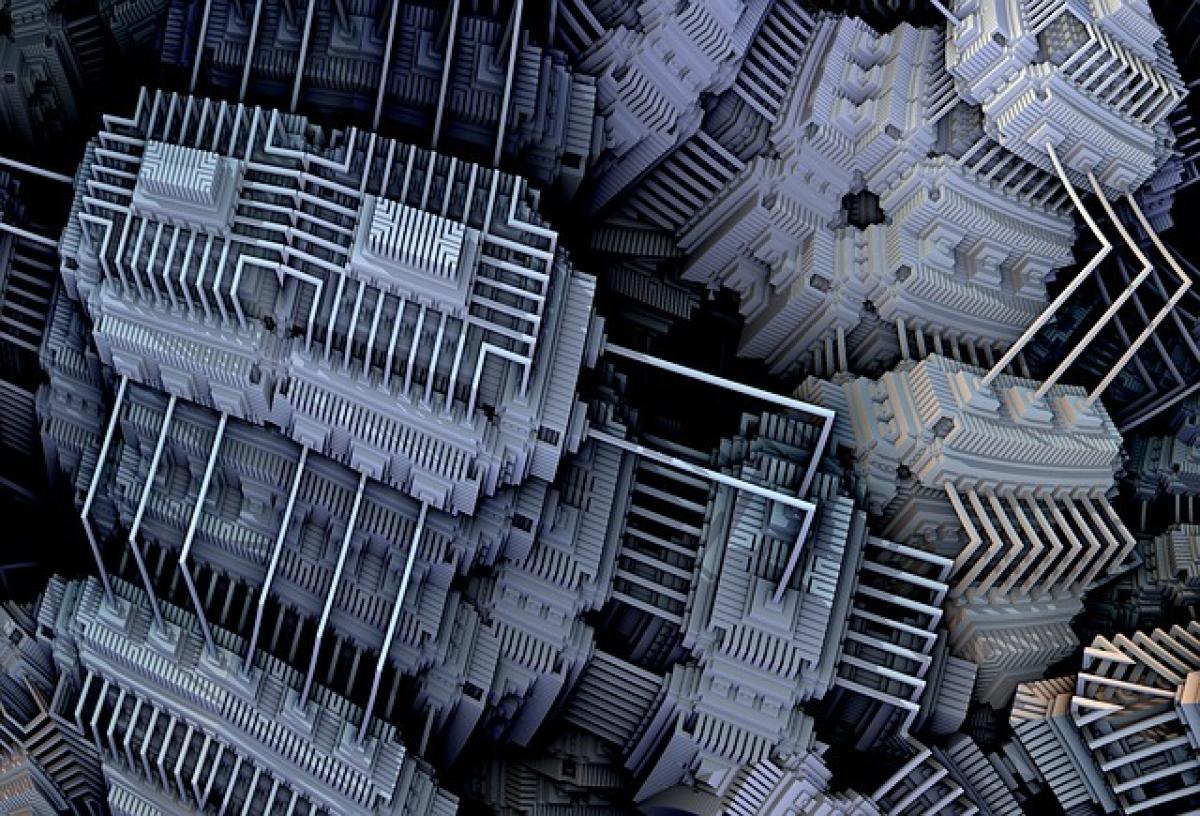In October 2019, Google announced quantum supremacy: the creation of a special-purpose computer using quantum processors that could perform a calculation impossible for a digital computer. A computer Google named Sycamore resolved in just three minutes a computational challenge that would have required a digital computer 10,000 years.
Remarkable as that is, the world of AI research, and of the investment behind it, is still trying to come to terms with what it means. Nobody is contemplating the commercial use of a “pure” quantum device. The working idea is that the hardware of the near future will involve the co-location of digital and quantum components. Different sorts of hybridization are possible, and the race is underway to develop them and get them to market.
As Google acknowledges, errors slip through with the use of quantum technology. The digital components will be, so to speak, a hedge against the greater volatility of the quantum calculations.
Space Limits and Refrigeration
There is also the inconvenient fact that quantum computing devices typically only work at temperatures that are tiny fractions of a degree above absolute zero. Researchers in Zurich say a 100-qubit quantum computer (Sycamore was only a 53-qubit model) will require a “robust cryogenic infrastructure.” That is, a lot of work and energy will have to go into cooling it down.
As one analyst has expressed that problem, researchers in the field have “run into a problem that many people have after a big holiday: There’s just not enough room in the fridge.”
Investors and a Seed Round
Major private equity and venture capital players are betting on the competitors in the race to solve such problems: among them Blue Yard Capital, Cambium, and New Lab. BlueYard, a German concern founded in January 2016, began life with a lofty sounding mission statement about investing in entrepreneurs who will enable “individuals and organizations to transact directly amongst each other, while reducing the power of gatekeepers and in other cases creating entirely new markets.”
New Lab is just a little younger than Blue Yard. It started in June 2016, as an “innovation and prototyping hub” out of Brooklyn, NY. Cambium has been around for more than 25 years and often acts as the local partner for privately held European companies that want a guide in the US markets.
One important start-up (in the portfolio of each of those) is Seeqc, an Elmsford, NY-based concern for whose founders the advancement of pharmaceutical research seems the obvious use case for the new tech. Indeed, Seeqc has raised $5 million from M Ventures, the VC arm of Big Pharm pillar Merck.
Seeqc’s recent seed round raised another $6 million from the above-mentioned PE/VC players, as well as the Partnership Fund for New York City, a nonprofit membership organization promoting economic development in all five of the NYC boroughs.
Seeqc’s s underlying idea is to shrink the room-sized quantum computers into a smaller scale with a proprietary technology that will integrate digital and quantum computing on the chip-by-chip level.
Another contender in the race
One of Seeqc’s competitors in this race to commercial practicality is Quantum Machines, an Israel-based start-up that has this year raised about $17.5 million in its Series A seed round.
Quantum Machines is building both the hardware and the software for optimal applications of the new technology. It has developed its own programming language, called Qua, for the development of their system. QM’s approach is in general more systemic than Seeqc’s. QM doesn’t proceed chip by chip, but device by device and app by app.
QM’s backers include TLV Partners and Battery Ventures. They both participated in the 2020 round as well as in a $5.5 million seed round in 2018.
A Final Thought
The issue of maintaining that cryogenic infrastructure may be yielding to some of the recent work. The April 16 issue of Nature includes two articles, from two distinct teams of physicists, one out of Australia the other the Netherlands, about new devices that can stand a bit more heat than had been allowed around last year’s models. Who knows what may thaw as the refrigeration requirements relent?




